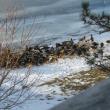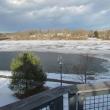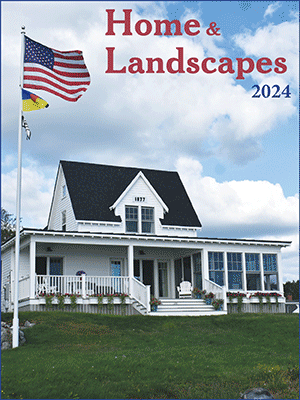Trailblazers or Fools?
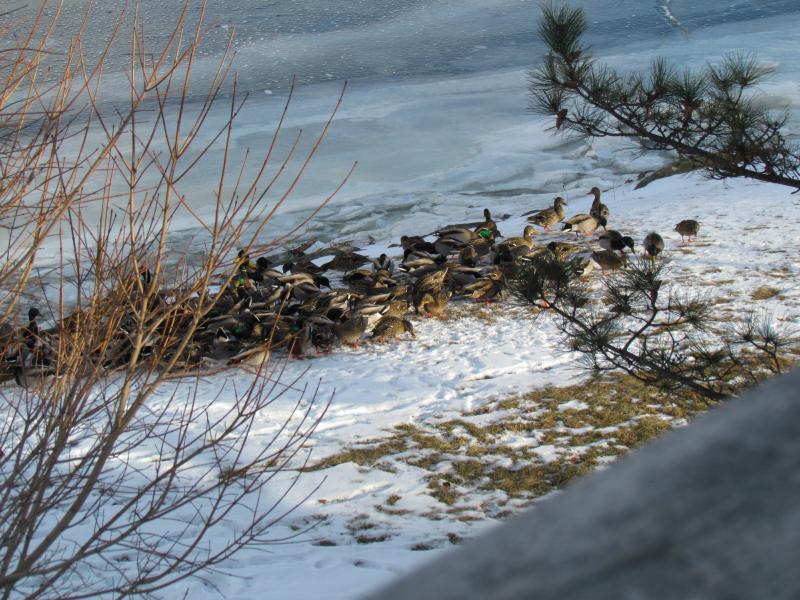 The mallard flock rushes in for a bread hand out. Can you spot the northern pintail among them? Courtesy of Jeff Wells
The mallard flock rushes in for a bread hand out. Can you spot the northern pintail among them? Courtesy of Jeff Wells
 The open water at the mouth of the Cobbesseecontee Stream in Gardiner invites a flock of mallards each winter. Courtesy of Jeff Wells
The open water at the mouth of the Cobbesseecontee Stream in Gardiner invites a flock of mallards each winter. Courtesy of Jeff Wells
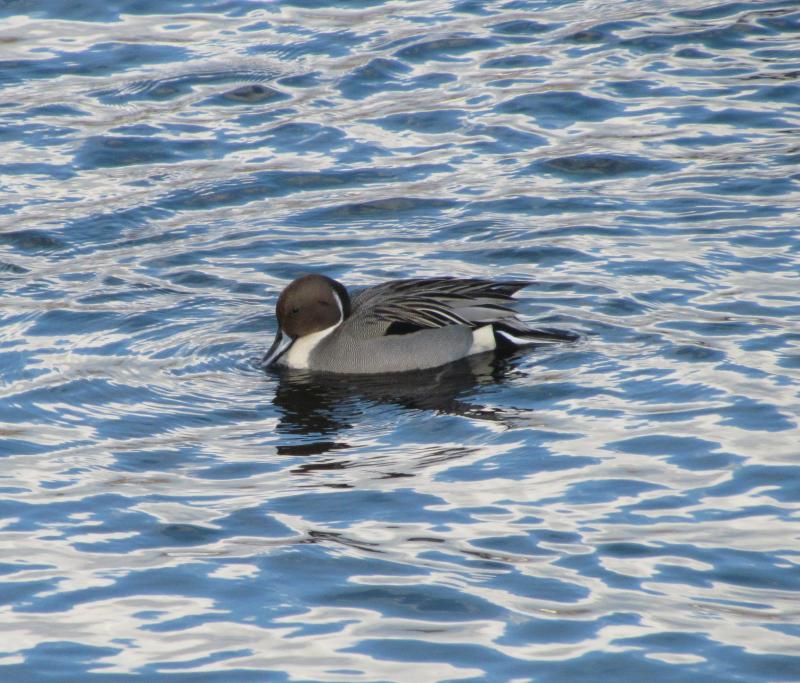 Among the 200 or so mallards wintering at the Gardiner waterfront this year is this gorgeous male northern pintail. Courtesy of Jeff Wells
Among the 200 or so mallards wintering at the Gardiner waterfront this year is this gorgeous male northern pintail. Courtesy of Jeff Wells
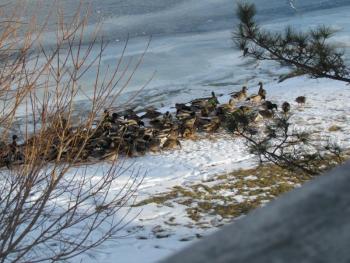 The mallard flock rushes in for a bread hand out. Can you spot the northern pintail among them? Courtesy of Jeff Wells
The mallard flock rushes in for a bread hand out. Can you spot the northern pintail among them? Courtesy of Jeff Wells
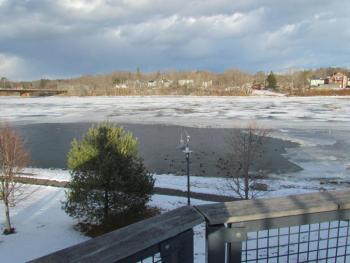 The open water at the mouth of the Cobbesseecontee Stream in Gardiner invites a flock of mallards each winter. Courtesy of Jeff Wells
The open water at the mouth of the Cobbesseecontee Stream in Gardiner invites a flock of mallards each winter. Courtesy of Jeff Wells
 Among the 200 or so mallards wintering at the Gardiner waterfront this year is this gorgeous male northern pintail. Courtesy of Jeff Wells
Among the 200 or so mallards wintering at the Gardiner waterfront this year is this gorgeous male northern pintail. Courtesy of Jeff Wells
Sure, they’re common. Some would even say they’re a water-loving version of a pigeon, the way they rush in to feed in droves for handouts of stale bread. Still, on a cold winter day against a backdrop of blindingly white snow and ice, the gleaming green heads and bright yellow bills of the males and subtle shades of brown and tan of the females are a delight to the eyes.
If you hadn’t guessed it, we’re talking about mallards, and chances are good you’ve got a flock of them at your local patch of open water, probably near a public park or other place frequented by humans.
Years ago, mallards were not so common in Maine and certainly not in winter. Today, you can find flocks at many places along the coast and inland in places where the water stays open and there are people to feed them.
In the cold of mid-winter, seemingly trying to remain anonymous within these mallard flocks are sometimes loners—duck species whose brethren are hundreds or thousands of miles to the south. Are they trailbreakers? Misguided risk takers? Survivors thrown into tough circumstance by bad luck, illness, injury, or something else?
The Cobbosseecontee Stream in Gardiner flows fast enough so that there’s always some sections that stay open, and where it flows into the mighty Kennebec River, there’s always a plume of open water surrounded by the expanse of the ice-covered river. Here, a flock of mallards always finds a way to make a living.
This January, gleaming neatly among the two hundred or so mallards crowding into the open water, is a single male northern pintail. The male pintail makes up for lack of garish colors with a fashionable, fastidious attire that would be the envy of any top designer who sees it. A brown head atop a slight neck set off by a thick white stripe that trails down to the crisp white breast. Sides and back are of fine gray vermiculation that leaves a slight blueish-purple sensibility in the eye. And, oh, the subtle beauty of that blue bill with a dark top.
Over the weekend there were multiple photographers trying to capture the pintail’s features as it flew in at close range, humbling itself to feed on bread with the hundreds of hungry mallards.
Mallard flocks in Brunswick, Scarborough, and Ogunquit have also harbored singled northern pintails this January. It’s like they texted each other for a meet-up.
Other duck species have also been showing up with mallards. Among a flock on the Androscoggin River over in Auburn, birders have seen a wood duck and a green-winged teal in the last few days. In early January there were single wood ducks near mallard flocks in Ellsworth, Warren, and Scarborough. Green-winged teal appeared at seven or more other spots in Maine, too, including Wiscasset, Damariscotta, Lincolnville, and Bangor...with mallards.
We typically hold humans in esteem for pushing the limits, describing them as courageous and visionary. Maybe this is because we think of humans making the decision to do something that others don’t do or haven’t done as a carefully considered attempt to further the limits of human ability. Should we afford that same honor to these birds? Can they know that they are doing something that is unusual for their species (at least at the moment)? It’s unlikely they do, of course, but might we nonetheless consider their ability to adapt and survive beyond the typical limits of their species, something to be admired and cherished?
Either way, they are likely trailblazers in the times of a warming climate. They’ll be more pintails, wood ducks, green-winged teal, and who knows what in the winters ahead. There may also be fewer species from the north, like harlequin ducks, king eiders, Barrow’s goldeneyes, and others of the special winter ducks. Let’s cherish them all whenever we see them here in Maine.
Jeffrey V. Wells, Ph.D., is a Fellow of the Cornell Lab of Ornithology and Vice President of Boreal Conservation for National Audubon. Dr. Wells is one of the nation's leading bird experts and conservation biologists. He is a coauthor of the seminal “Birds of Maine” book and author of the “Birder’s Conservation Handbook.” His grandfather, the late John Chase, was a columnist for the Boothbay Register for many years. Allison Childs Wells, formerly of the Cornell Lab of Ornithology, is a senior director at the Natural Resources Council of Maine, a nonprofit membership organization working statewide to protect the nature of Maine. Both are widely published natural history writers and are the authors of the popular books, “Maine’s Favorite Birds” (Tilbury House) and “Birds of Aruba, Bonaire, and Curaçao: A Site and Field Guide,” (Cornell University Press).




